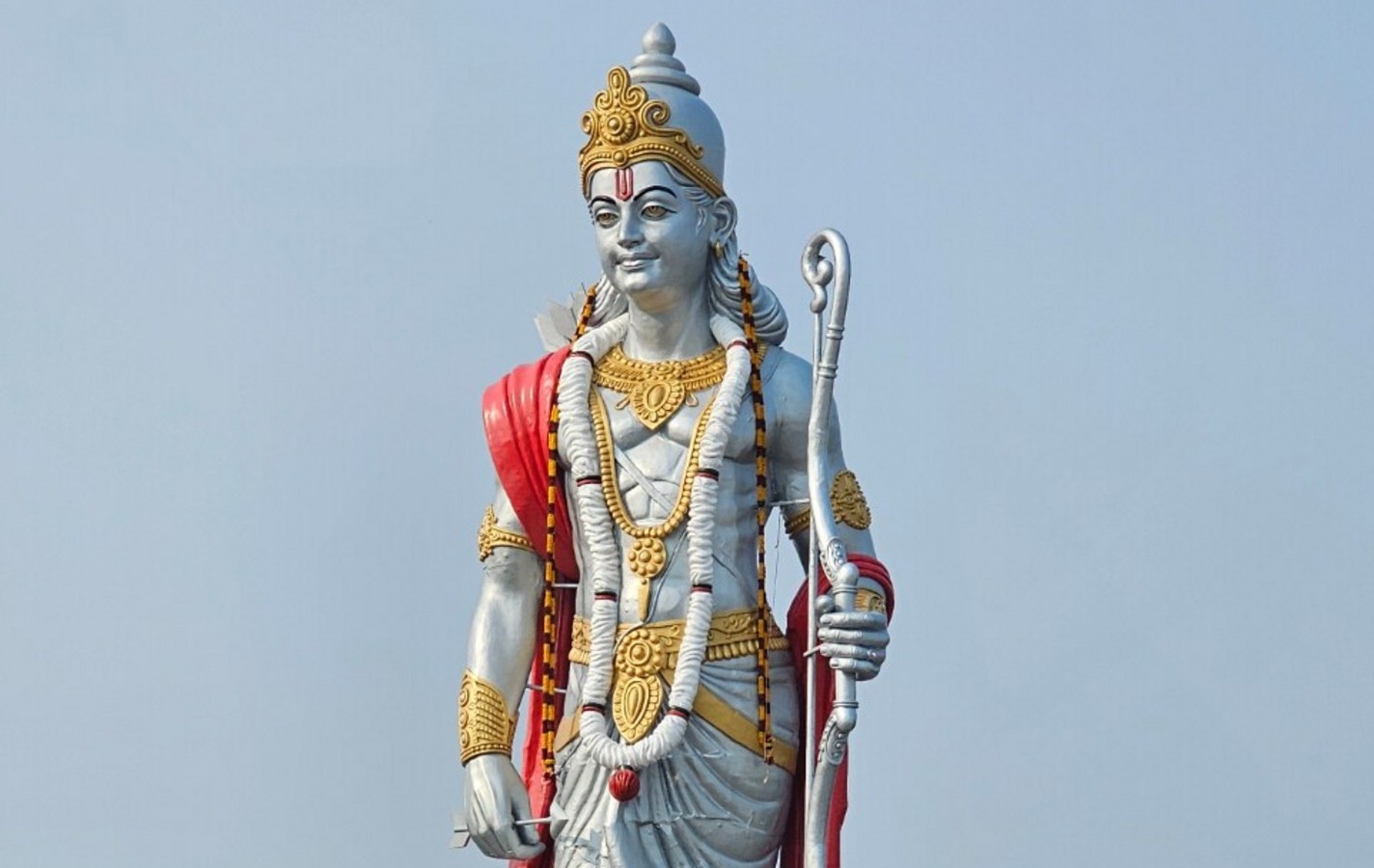
The Art of Meditation: A Journey to Thoughtless Awareness
Much has been said and written about meditation, yet it remains shrouded in mystery. In simple terms, meditation is the practice of slowing down and eventually stopping the creation of thoughts in the mind. It is often said that the mind is never truly idle unless we are asleep. If a person habitually produces five thoughts per minute, meditation gradually trains them to reduce this number—first from five to four, then from four to three, and so on. The ultimate goal is to reach a state of complete stillness, where no thoughts arise, creating an experience of pure calmness and awareness.
To understand this concept better, imagine driving in heavy traffic. The constant need to brake, accelerate, and navigate through congestion makes the journey stressful and tiring. But when the roads are clear, driving becomes smooth and enjoyable. Similarly, when our thoughts are constantly moving in different directions, we feel overwhelmed. However, when we reduce their frequency, our minds become peaceful, allowing us to experience true clarity and relaxation.
How to Attain a Meditative State
There are many techniques to achieve meditation, but one of the simplest and most effective methods is chanting a mantra, such as OM. When we repeat a mantra, our mental activity slows down, and the number of thoughts we generate decreases. By concentrating on a single subject while simultaneously chanting, we reduce distractions and gradually guide the mind toward stillness.
However, meditation is not just about sitting quietly; the choice of place and time plays a crucial role. The universe is constantly pulsating with energy, a phenomenon known as gravitational waves. If we meditate in a space associated with sleep, such as a bedroom corner, the residual energy of that environment may induce drowsiness rather than mindfulness. Many people mistake this relaxed state for meditation, but in reality, it is just a short nap. While sleep refreshes us by resting the mind, true meditation keeps the mind alert while preventing it from generating thoughts. This is the key distinction: in sleep, we are unaware of our mental inactivity, whereas in meditation, we remain fully conscious.
The Subconscious Mind and Meditation
Through deep meditation, we access the subconscious mind—the vast universe within us. Our conscious mind operates based on accumulated experiences, memories, and learned behaviors, limiting our perspective. In contrast, the subconscious mind is deeply connected to our innate nature and holds the potential to transcend conventional thinking. Meditation acts as a bridge, allowing us to tap into this profound inner intelligence.
Creating the Right Environment for Meditation
To enhance meditation, it is essential to practice in a peaceful, airy, and undisturbed environment filled with positive energy. The best results come from meditating at the same time every day, as this helps the body and mind adapt to a rhythm. Consistency in time and space makes it easier to enter deep meditative states. With regular practice, even short meditation sessions can become profoundly transformative, bringing inner peace, heightened awareness, and mental clarity.
Meditation is not a mystical practice reserved for the spiritually inclined; it is a scientific and systematic method to achieve thoughtless awareness. By quieting the mind and embracing stillness, we unlock a deeper connection to ourselves and the world around us.




.jpeg)





.jpeg)



.jpeg)



.jpeg)
.jpeg)
.jpeg)
